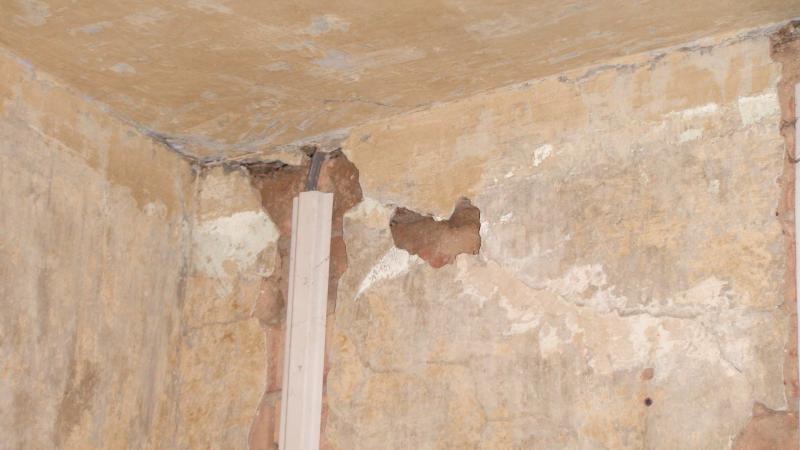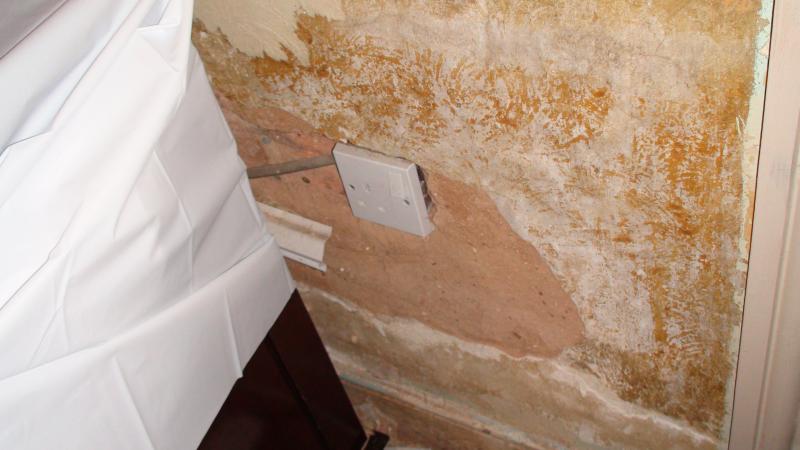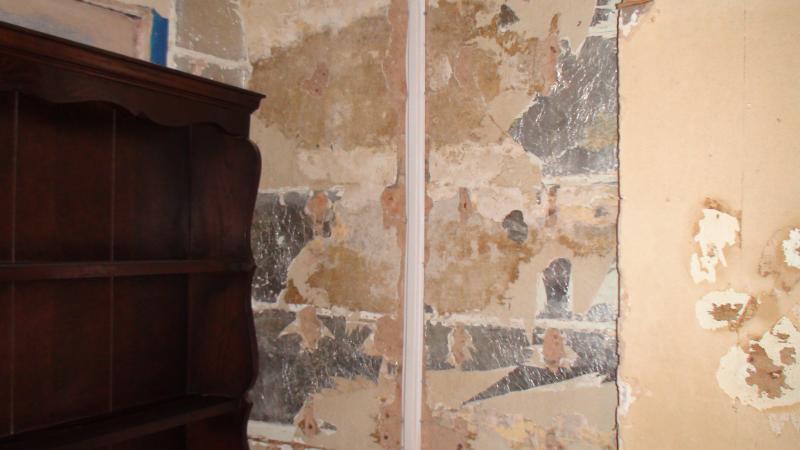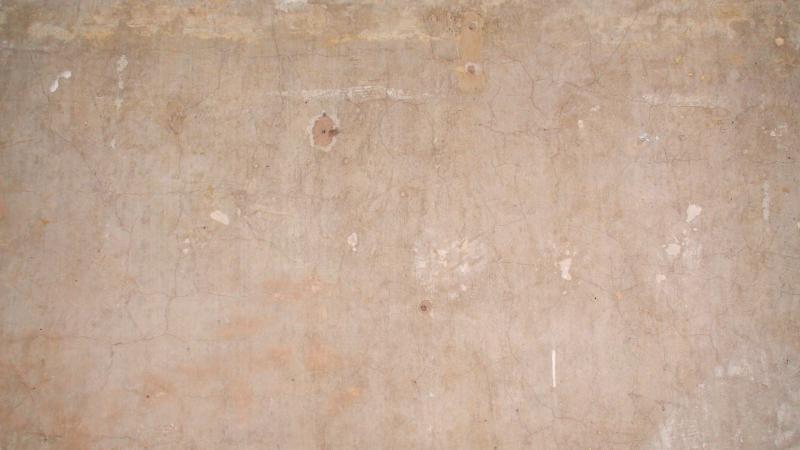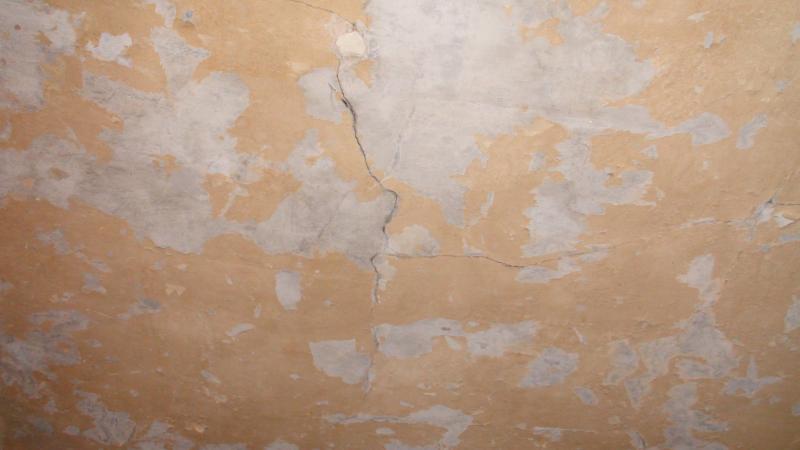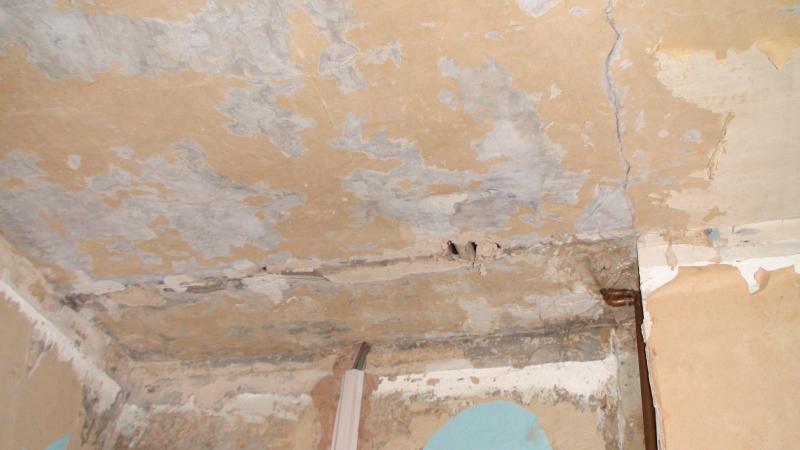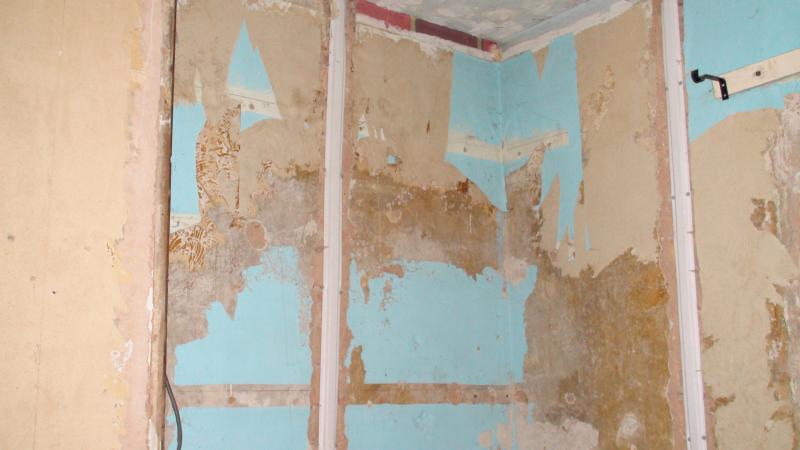Hi - want to get some advice on a plastering job as have had several people say different things.
I have a 13ft x 13ft reception room in 1880s house. Ceiling has large cracks and one small section where plaster has come down. Walls are covered in cracks and in some places the plaster sounds hollow when tapped. One wall has some water damage below a window. All original plaster and looking rather worse for wear.
Also need the fireplace bricking up.
One guys suggested dry lining half the walls and skimming the other half, water-proof cement under window, overboarding ceiling, skimming whole room and replacing plastic electrical capping with metal = £980.
Second guy suggested getting all plaster hacked off by labourer (£180), then float and set walls and overboard and skim walls = 2 days and £900.
Third guy said fill in the cracks and gaps and skim only. Have had all the other rooms skimmed but the plaster was in MUCH better condition and I'm not convinced skimming will look goo in a few months.
Any advice? Am I being overcharged? I have never plastered myself and am not very skilled with DIY but could I dot and dab the walls myself?
Thanks
I have a 13ft x 13ft reception room in 1880s house. Ceiling has large cracks and one small section where plaster has come down. Walls are covered in cracks and in some places the plaster sounds hollow when tapped. One wall has some water damage below a window. All original plaster and looking rather worse for wear.
Also need the fireplace bricking up.
One guys suggested dry lining half the walls and skimming the other half, water-proof cement under window, overboarding ceiling, skimming whole room and replacing plastic electrical capping with metal = £980.
Second guy suggested getting all plaster hacked off by labourer (£180), then float and set walls and overboard and skim walls = 2 days and £900.
Third guy said fill in the cracks and gaps and skim only. Have had all the other rooms skimmed but the plaster was in MUCH better condition and I'm not convinced skimming will look goo in a few months.
Any advice? Am I being overcharged? I have never plastered myself and am not very skilled with DIY but could I dot and dab the walls myself?
Thanks


